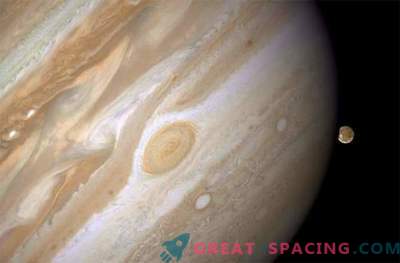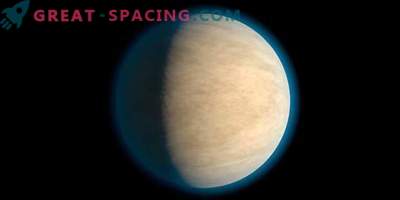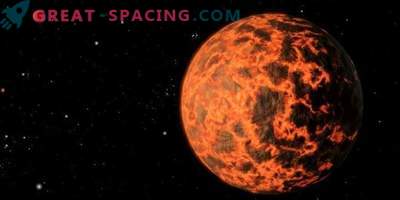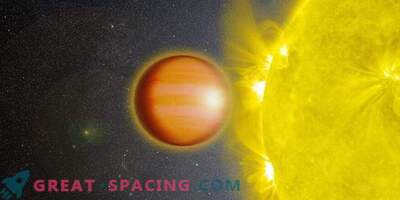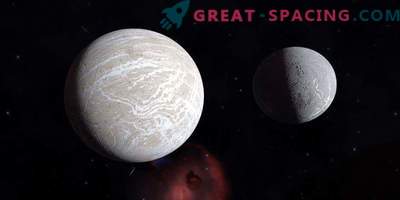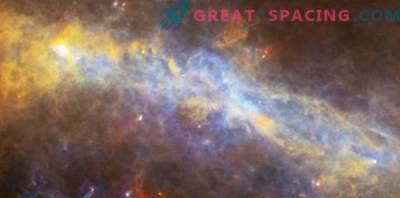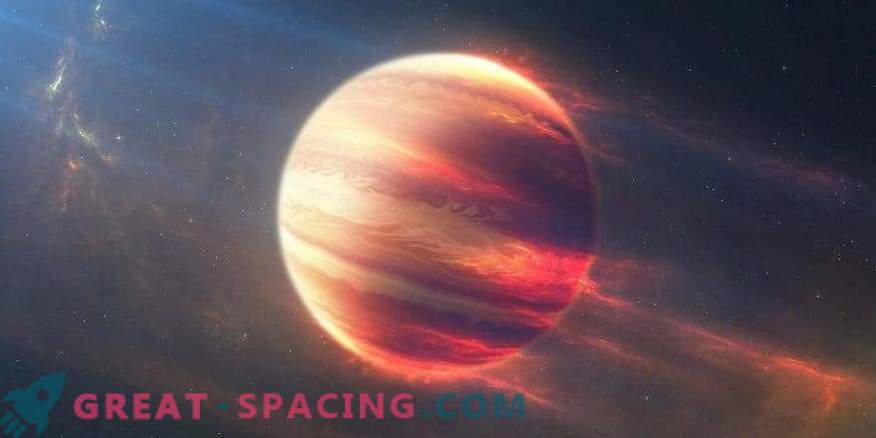
If you study space, then very often you have to resort to rather strange experiments. The fact is that we still do not have the necessary technology for interstellar travel. Therefore, we have to hope only for the power of telescopic equipment. However, NASA has never abandoned the creative approach.
Hot Jupiters

This image shows the turbulent atmosphere of an exoplanet of the “hot Jupiter” type, known as HD 80606b. The image is modeled on a NASA Spitzer space telescope data base.
We explore exoplanets based on examples from the solar system. It is known that there is a certain order, where the gas giants are located in the external system, and the rocky worlds huddle closer to the Sun. But alien star systems refuse to follow our rules.
Hot Jupiters are a prime example. This is a planetary class of objects that resemble or surpass our Jupiter in mass. If the solar planet is 5 stars away from the star. e., then most often these worlds are much closer - 0.05 a. e (closer distance Sun-Mercury). This leads to the heating of the planet to 1000-3000 K. It is now believed that this planetary class is formed in the outer part of the star system, and then approaches the star. But then it is not clear why our Jupiter did not.
Hot Jupiters are most often found when searching for exoplanets, because they are quite large and noticeable when they pass in front of a star, blocking its light. They possess atmospheres, but due to extreme conditions these layers are thin and difficult to study. However, scientists wanted to understand the atmospheric processes, so they decided to create their own. And more precisely - to bake!
Cooking the atmosphere of hot Jupiter
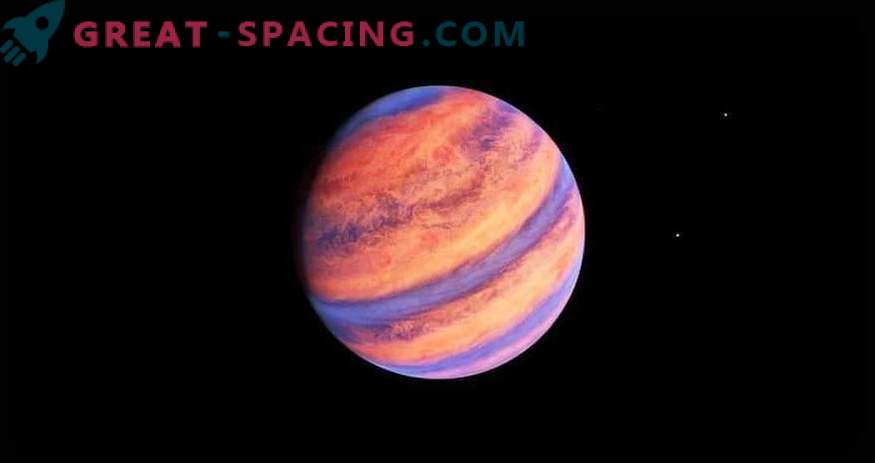
We present the recipe from NASA scientists. You will need a glass of hydrogen gas, some carbon monoxide and a red-hot oven (1200 ° C). Further much more difficult. Blend the mixture with powerful UV rays and bake for at least 200 hours. Done! You have your own atmospheric haze of burning exoplanets.
Why do you need it? First of all, the creation of the atmosphere in the laboratory allows us to better understand how and from what came the planet itself. You can also find tips on activities in the atmosphere. For example, it has now become known that the key role in the process should be assigned precisely to radiation. Originally tried to just heat up the mixture of elements. But only with the addition of UV rays for a long period of time it turned out to create the necessary atmospheric haze of hot Jupiter. Interestingly, the analysis was able to find a small amount of water and carbon dioxide. These markers can also be used in further searches for hot Jupiter in the darkness of the Universe.
Postscript
NASA researchers once again proved that science requires constant novelty. If you can not see, then try to recreate. Scientists continue to explore this planetary class to figure out exactly how planets appear and are distributed in star systems. Perhaps our solar system is a kind of exception to the rules, and not a standard that others must comply with.
